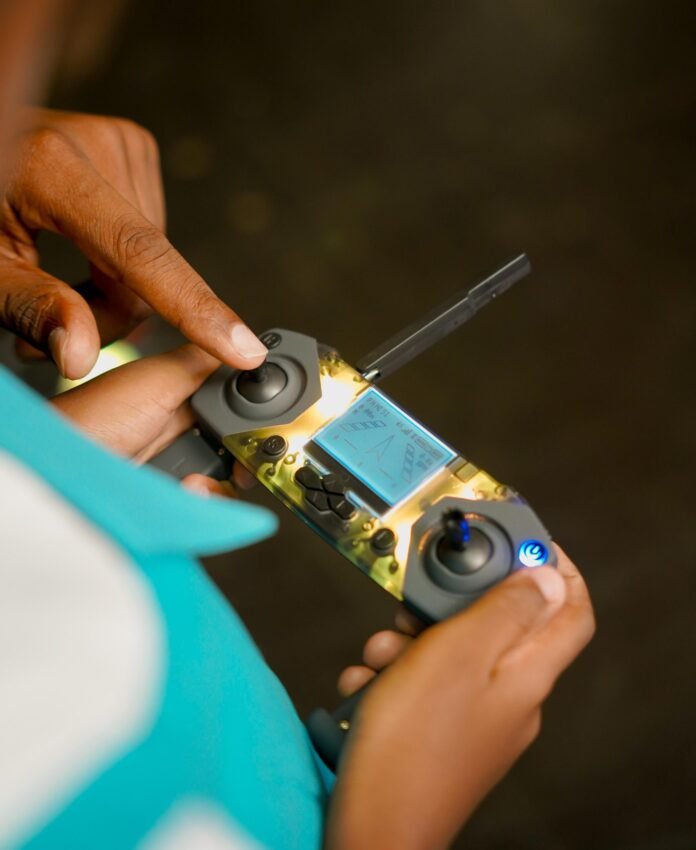Drones Take Flight in Jamaican Classrooms: A New Era for STEM Education
In a vibrant push towards modernizing education, students across Jamaica are diving into the world of drone technology through the Jamaica Drone Soccer Initiative and the DRIFT Drones in School Programme Tour. This exciting initiative is not just about flying drones; it’s about transforming how young minds engage with STEM (Science, Technology, Engineering, and Mathematics) subjects.
Dervon McKellop, the President of the Jamaica Drone Soccer Initiative, emphasizes the importance of adapting education to keep pace with technological advancements. “Technology is changing education dramatically,” he says. “It’s making learning more accessible, engaging, and personalized.” With tools like online platforms and immersive technologies, students are experiencing a new way to learn that’s both fun and effective.
Bridging Theory and Practice
One of the standout features of using drones in education is their ability to connect theoretical concepts with real-world applications. “For instance, students studying physics can explore aerodynamics by understanding how drones achieve lift,” McKellop explains. This hands-on approach allows students to grasp complex ideas while having fun.
In geography classes, students can capture aerial footage with drones, analyze the data, and engage in discussions about geographical features. “They can measure distances or create maps using GIS software,” McKellop adds. This not only enhances their learning experience but also encourages critical thinking and problem-solving skills.
A Sport with a Purpose
The Jamaica Drone Soccer Initiative combines the thrill of sports with educational objectives. Drone soccer is a team-based game where players pilot small drones through hoops, emphasizing strategy and teamwork. Unlike traditional drone racing, this sport focuses on collaboration, making it an ideal fit for schools.
“Drone Soccer prepares students for the future,” McKellop notes. “It aligns with national STEM/STEAM curriculum standards and offers a fun gateway to careers in aviation, robotics, and engineering.” Schools like Norman Gardens Primary, St. George’s College, and Wolmer’s Boys School have already embraced this innovative approach, and the response has been overwhelmingly positive.
Building a Sustainable Future
The sustainability of the Drone Soccer and DRIFT Drones in School programme hinges on strategic planning and community partnerships. “When implemented correctly, this project can be scalable across schools,” McKellop asserts. The initiative doesn’t require schools to create new subjects; instead, it complements existing curricula in Science, IT, Math, Geography, and more.
By modifying lesson plans to incorporate drones, teachers can align assessments with national education standards while making learning relevant and engaging. “It’s about making it easier for teachers to adopt and sustain this technology in their classrooms,” he says.
A Bright Horizon
As drone technology continues to evolve, the potential for its application in education is limitless. By introducing students to drones, Jamaica is not just preparing them for the workforce; it’s igniting their curiosity and passion for learning.
With initiatives like the Jamaica Drone Soccer Initiative and the DRIFT Drones in School Programme Tour, the future looks bright for Jamaican students. Will we see a new generation of innovators and leaders emerge from this exciting blend of technology and education? Only time will tell, but one thing is certain: the sky is the limit!

